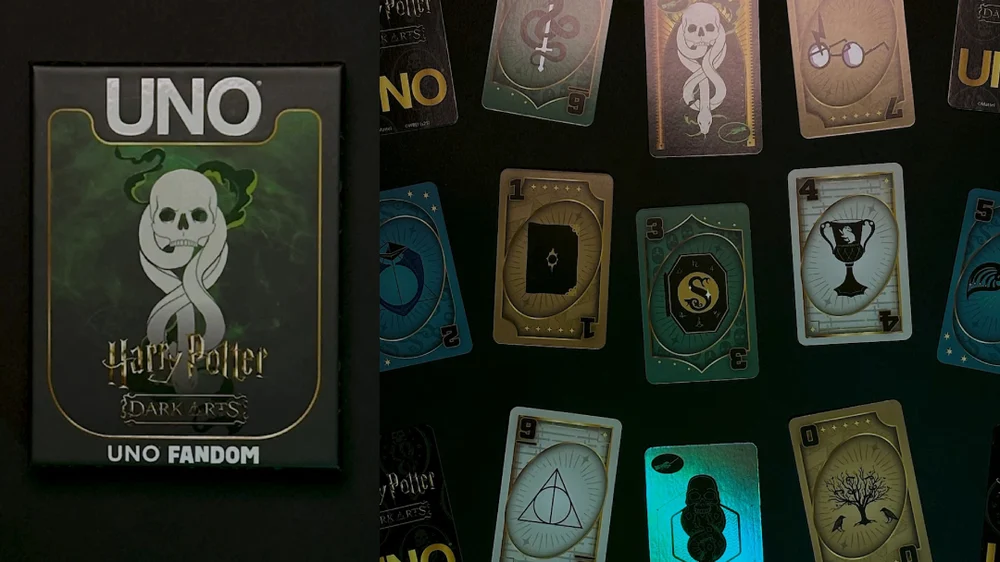In a world brimming with cutting-edge gaming engines, immersive VR, and photorealistic graphics, the induction of GoldenEye 007 and the Tamagotchi into the World Video Game Hall of Fame in 2025 is not just nostalgic—it’s revelatory. Their inclusion represents a recognition of two cultural artifacts that, despite their technological limitations, reshaped the medium and forged emotional bonds across generations. One taught us how to shoot in split-screen stealth; the other taught us how to love a blinking pixel that could poop and die at any moment.
These weren’t just games. They were experiences—social, emotional, and formative. GoldenEye 007, released in 1997 for the Nintendo 64, transformed first-person shooters forever. Tamagotchi, launched the same year by Bandai, was a virtual pet in your pocket that simulated the fragile demands of life. One made you a secret agent in a Cold War fantasy. The other turned you into a caregiver with godlike power—and the capacity to forget to feed.
In being inducted, both titles now stand among the pantheon of digital classics like Tetris, Super Mario Bros., and The Legend of Zelda. Their entry is not just a matter of nostalgia—it’s a testament to their impact on design, behavior, and culture at large.
GoldenEye 007: The Birth of the Social Shooter
Before GoldenEye, first-person shooters were largely a PC domain dominated by Doom, Quake, and Wolfenstein 3D. What GoldenEye 007 did was transplant the genre into living rooms. It was the first console shooter to not only get the mechanics right—tight aiming, weapon variety, intelligent level design—but to do so with a multiplayer mode that practically invented the idea of the competitive couch shooter.
Its four-player split-screen deathmatches were more than just fun—they were ritual. Basement floors became arenas. Unwritten social rules emerged: “No Oddjob” became a universal decree, referencing the shorter character whose diminutive hitbox gave players an unfair advantage. Proximity mines, remote mines, golden guns—it wasn’t just about victory, it was about chaos, laughs, and bragging rights.
But even outside of multiplayer, GoldenEye’s campaign was a landmark. With levels modeled on real locations from the 1995 Bond film, the game offered objectives that encouraged stealth, timing, and precision. Missions weren’t just about reaching the end—they were about how you played. Difficulty levels didn’t just mean tougher enemies, but more complex objectives. It was the first time console gamers were treated like strategists, not just button-mashers.
Technically, it broke ground with its AI scripting and realistic animations. Enemies didn’t just charge mindlessly; they investigated noise and reacted to your presence. The game created immersion without needing the horsepower of modern engines. It made do with grainy textures and foggy draw distances—and still captivated.
More importantly, GoldenEye 007 legitimized the console shooter. Without it, we may never have had Halo, Call of Duty, or Fortnite in their current forms. It was the bridge. The proof of concept. The blueprint.
Tamagotchi: A Digital Soul in Your Pocket
Where GoldenEye put a gun in your hand, Tamagotchi gave you a heartbeat to care for. When Bandai released the egg-shaped digital pet in 1996 (Japan) and 1997 (worldwide), it was a radical concept: take a small LCD screen, a few buttons, and load it with the fragile life of a virtual creature that lived—or died—based on your attention.
It was a simulation of caregiving that blended tech with attachment. You fed it. You cleaned up after it. You played with it. If you neglected it, it got sick. If you left it alone too long, it died—usually in a small, heartbreaking beep.
The Tamagotchi introduced millions of children to the mechanics of responsibility, failure, and grief. There was no save file, no reset button (unless you wanted to start from zero). The digital pet existed on its own timeline, independent of yours. If you were in math class or asleep or on a plane, it still needed you. In many ways, it was a precursor to modern parasocial relationships and always-on virtual presence. It made technology feel alive.
Schools banned them. Parents were confused by them. Psychologists debated their effects. But for an entire generation, the Tamagotchi was a lesson in attachment. And unlike most game experiences, it didn’t center around winning. It centered around empathy.
Design-wise, the Tamagotchi was incredibly minimal. Three buttons. An 8-bit character that looked more like a dancing amoeba than a creature. And yet it inspired real affection. The physicality of carrying it with you—on your belt loop, your backpack, your necklace—blurred the boundary between digital and real. It was your Tamagotchi, and its life depended on you.
Tamagotchi’s influence endures. The mobile game Neko Atsume, Animal Crossing, and even the emotional architecture of The Sims owe a debt to its behavioral mechanics. Today’s wellness-tracking apps, sleep monitors, and pet-simulation games all stem from its core concept: turn care into play, and play into meaning.
Cultural Permanence
What these two inductees share, beyond their 1997 release, is their cultural permanence. They were born in an analog-digital transition period. The internet existed, but wasn’t yet omnipresent. These games were not connected, yet they connected people—in bedrooms, on playgrounds, in lunchrooms.
Their induction into the Hall of Fame reflects a recognition that gaming isn’t merely about graphics or hardware, but about memory, impact, and the ways games shape behavior and identity. While GoldenEye 007 armed a generation with pixelated Walther PPKs and planted the seeds of esports competition, Tamagotchi softened them with lessons in care, mortality, and presence.
It’s worth noting that both games pushed their respective platforms to the limit. GoldenEye extracted peak performance from the Nintendo 64, with clever tricks like pre-rendered backgrounds and adaptive AI. Tamagotchi did more with less, proving that emotional depth could be encoded in just a few kilobytes of ROM.
Legacy by Design
The Hall of Fame, established by The Strong National Museum of Play in New York, doesn’t simply reward popularity—it rewards influence. To be inducted, a game must demonstrate longevity, reach, and innovation. That GoldenEye 007 and Tamagotchi both met that standard illustrates how impact is not determined by technology, but by cultural imprint.
Today, the gaming world is dominated by streaming, microtransactions, and sprawling open worlds. But amid that, the pixelated blood of GoldenEye and the blinking hunger icon of a Tamagotchi still resonate. They are reminders of what games can be: tools for imagination, catalysts for connection, mirrors of care and consequence.
Flow
The induction of GoldenEye 007 and Tamagotchi into the World Video Game Hall of Fame is not a nostalgic footnote—it’s an affirmation. These aren’t just historical novelties or ‘90s fads. They are proof that games, no matter how crude or clever, shape us. They change how we see technology, how we bond with one another, and how we engage with the world.
In their own ways, both titles were radical. One turned your living room into a war zone of strategy and chaos. The other made you feel responsible for a creature made of light. And decades later, they both remain unforgettable—not just because of what they did, but because of what they made us feel.
No comments yet.









